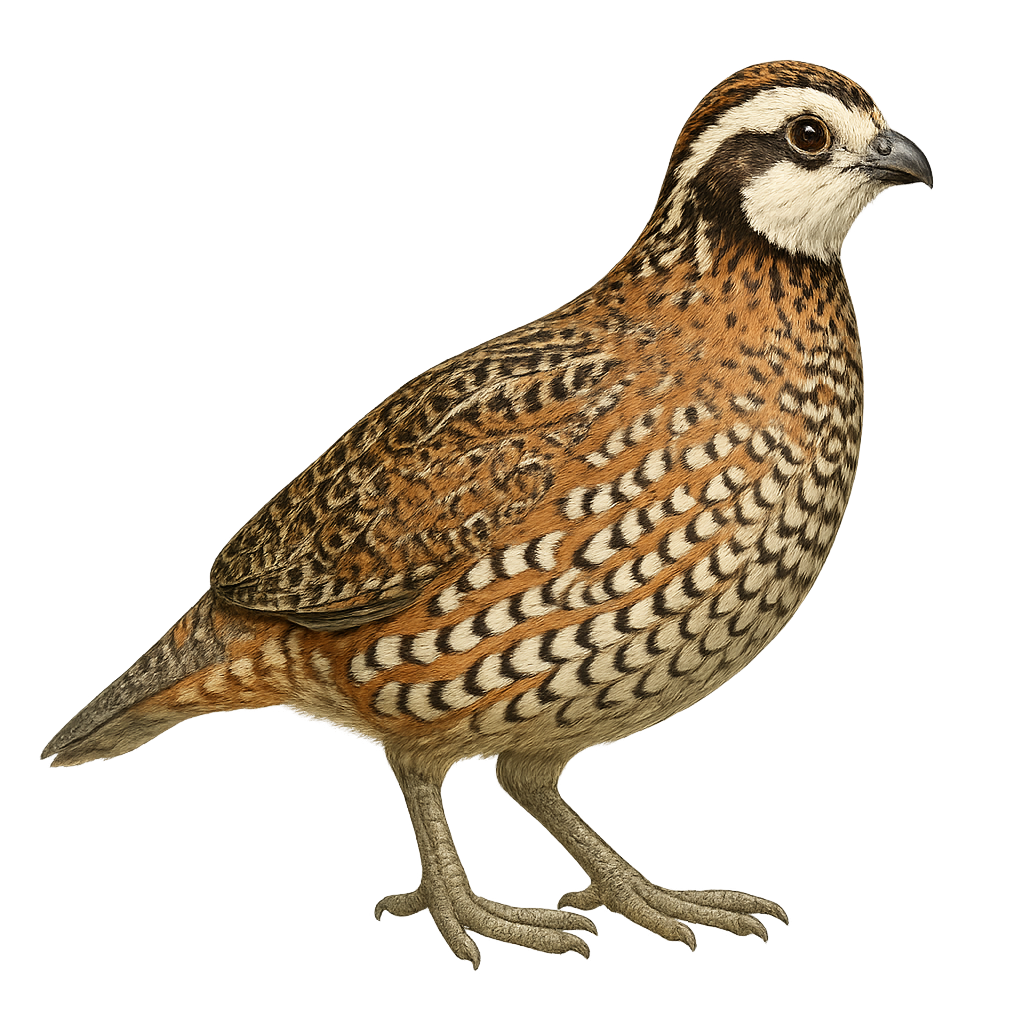Your wildlife photography guide.
Explore the northern bobwhite in detail, study its behavior, prepare your shots.
Where to observe and photograph the northern bobwhite in the wild
Learn where and when to spot the northern bobwhite in the wild, how to identify the species based on distinctive features, and what natural environments it inhabits. The WildlifePhotographer app offers tailored photography tips that reflect the northern bobwhite’s behavior, helping you capture better wildlife images. Explore the full species profile for key information including description, habitat, active periods, and approach techniques.
Northern Bobwhite
Scientific name: Colinus virginianus

IUCN Status: Near Threatened
Family: ODONTOPHORIDAE
Group: Birds
Sensitivity to human approach: Suspicious
Minimum approach distance: 10 m
Courtship display: April to July
Incubation: 23-24 jours
Hatchings: April to August
Habitat:
grasslands, agricultural fields, sparse forests
Activity period :
Primarily active during the day, with peak activity in the morning and late afternoon.
Identification and description:
The Northern Bobwhite, or Colinus virginianus, is a medium-sized bird belonging to the Odontophoridae family. It is easily recognizable by its brown speckled plumage and distinctive white-striped head. This bird is primarily terrestrial and prefers open habitats such as grasslands, agricultural fields, and sparse forests. It is known for its characteristic call, a clear and melodious "bob-white," often heard at dusk. The Northern Bobwhite is a social bird, living in groups called "coveys" outside the breeding season. Although widespread in North America, its populations have declined due to habitat loss and intensive agriculture.
Recommended lens:
400mm – adjust based on distance, desired framing (portrait or habitat), and approach conditions.
Photography tips:
To photograph the Northern Bobwhite, it's advisable to use a telephoto lens of at least 400mm to capture detailed images without disturbing the bird. Look for open areas like grasslands or agricultural fields where they are often active. Be patient and discreet, as these birds can be suspicious. Early morning or late afternoon are the best times to observe them, as they are more active. Use a tripod to stabilize your camera and achieve sharp images.
The WildlifePhotographer App is coming soon!
Be the first to explore the best nature spots, track rutting seasons, log your observations, and observe more wildlife.
Already 1 429 wildlife lovers subscribed worldwide

